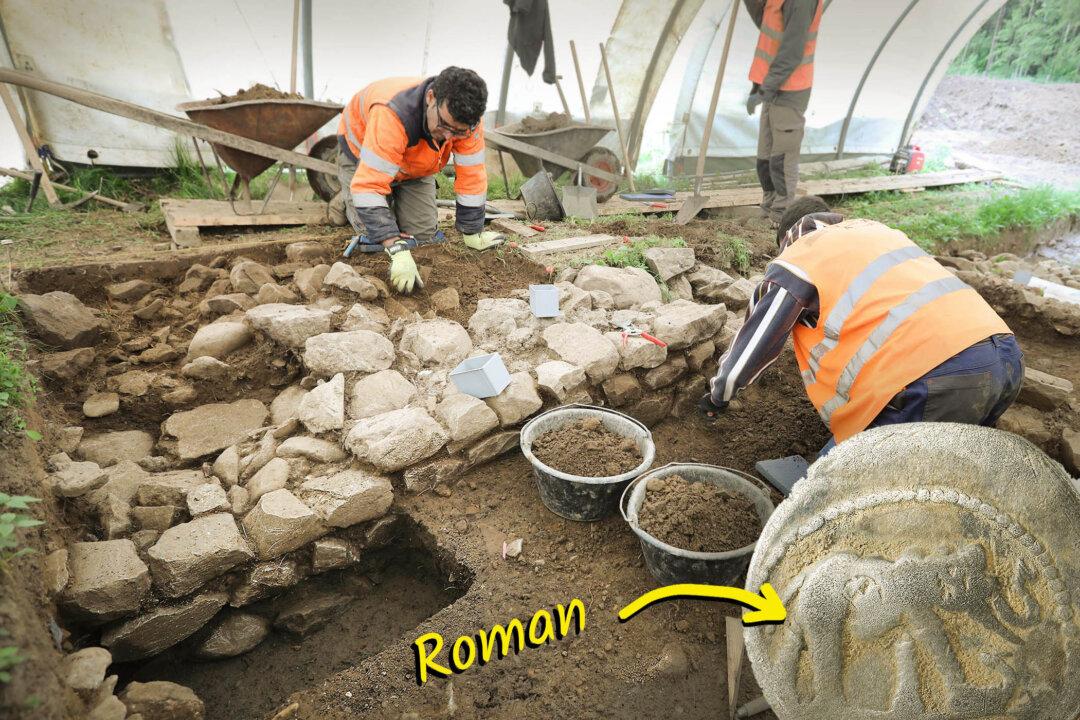The ancient Romans once breathed the Alpine air and enjoyed the same craggy panorama that makes Lake Zug in Switzerland famous today—so tells us a sprawling complex of Roman brickwork, jutting just above the ground at the foot of the Alps.
Recently, near the Swiss town of Cham-Oberwil in the canton of Zug, for the first time in nearly 100 years, researchers have unearthed masonry structures dating to Roman times.






